Why South Sudan Chooses India for Medical Treatment?
 16 July,2024
Read More
16 July,2024
Read More
Enquire now in case of any assistance needed
Spider Vein Treatment Cost in India is between USD 160 - USD 250
Hospital Days: 2-4
Procedure Duration: 30 Min - 50 Min
Spider vein treatment refers to various medical and cosmetic procedures to reduce the appearance of small spider veins dilated blood vessels visible near the skin's surface. These veins often appear as red, blue, or purple clusters resembling spider webs. Treatment options include sclerotherapy, laser therapy, and vein stripping. These interventions aim to collapse or eliminate the affected veins, redirecting blood flow to healthier vessels. Spider vein treatment can improve the appearance of the skin, alleviate discomfort, and boost self-confidence. Consulting with a qualified healthcare provider can determine the most suitable treatment plan based on individual needs and preferences.
Spider vein treatment is sought for both medical and cosmetic reasons. While spider veins typically pose no serious health risks, individuals may choose treatment for the following reasons:
By addressing both cosmetic concerns and potential health risks, spider vein treatment can enhance the appearance of the skin, alleviate discomfort, and support optimal vascular function for individuals seeking to improve their vein health and overall well-being.
Spider vein treatment encompasses various techniques tailored to address individual needs and preferences. Common types of spider vein treatment include:
Patients should consult with a qualified healthcare provider to determine the most suitable spider vein treatment based on their individual condition and treatment goals.
Several factors influence the cost of spider vein treatment, including:
How Patients are Selected for the Spider Vein Treatment? What Sign They Considered?
Patients are selected for spider vein treatment based on several factors to ensure optimal outcomes and patient satisfaction. Here's how patients are typically evaluated:
By considering these factors and conducting a thorough evaluation, healthcare providers can tailor spider vein treatment plans to meet the individual needs and goals of each patient, ensuring optimal results and patient satisfaction.
Describe the Diagnostic Tests and Evaluations Performed to Determine the Need for Spider Vein Treatment
Diagnostic tests and evaluations are essential to determine the need for spider vein treatment and develop a personalized treatment plan. Here's an overview of the diagnostic process:
Spider vein treatment, whether through sclerotherapy or laser therapy, involves a balance of risks and benefits. Here's an overview of the potential outcomes associated with these treatments:
1. Improved Appearance: Spider vein treatment effectively reduces the appearance of spider veins, enhancing the aesthetic appearance of the skin and improving self-confidence.
2. Non-Invasive: Both sclerotherapy and laser therapy are minimally invasive procedures that do not require surgical incisions, resulting in minimal discomfort and downtime.
3. Customized Treatment: Treatment plans can be tailored to address the specific needs and concerns of each patient, ensuring personalized care and optimal results.
4. Quick Results: Patients typically notice a visible reduction in spider veins shortly after treatment, with continued improvement over time.
5. Minimal Downtime: Most patients can resume normal activities immediately after treatment, with minimal restrictions.
1. Temporary Side Effects: Common side effects of spider vein treatment may include bruising, swelling, redness, or itching at the treatment site. These side effects are usually temporary and subside within a few days.
2. Risk of Complications: While rare, complications such as allergic reactions, skin discoloration, or infection may occur following treatment. Choosing a qualified and experienced healthcare provider reduces the risk of complications.
3. Incomplete Resolution: In some cases, spider vein treatment may not eliminate all spider veins, requiring additional sessions for optimal results.
4. Risk of Recurrence: Spider veins may recur over time, especially in individuals predisposed to developing them. Proper post-treatment care and lifestyle modifications can help minimize the risk of recurrence.
5. Skin Sensitivity: Some patients may experience temporary skin sensitivity or changes in sensation at the treatment site, which typically resolve with time.
Overall, the benefits of spider vein treatment often outweigh the associated risks, particularly when performed by a skilled healthcare provider. Open communication with the provider about expectations and concerns helps ensure a positive treatment experience and satisfactory results.
Recovery and rehabilitation after spider vein treatment, whether through sclerotherapy or laser therapy, are generally straightforward with minimal downtime. Here's what patients can typically expect during the recovery period:
1. Immediate Post-Treatment Period: Patients may experience mild discomfort, bruising, or swelling at the treatment site immediately after the procedure. These symptoms are usually temporary and subside within a few days.
2. Compression Garments: Healthcare providers may recommend wearing compression stockings or bandages after treatment to promote circulation and reduce swelling.
3. Avoidance of Certain Activities: Patients are advised to avoid strenuous activities, hot baths, or prolonged sun exposure for a specified period following treatment to minimize the risk of complications and optimize results.
4. Follow-Up Appointments: Follow-up appointments with the healthcare provider may be scheduled to assess the treatment area, monitor progress, and determine if additional sessions are needed for optimal results.
5. Gradual Improvement: Spider veins gradually fade and improve over several weeks to months following treatment. Patients may notice a visible reduction in the appearance of spider veins as the healing process progresses.
6. Compliance with Post-Treatment Instructions: Patients are encouraged to follow post-treatment care instructions provided by their healthcare provider, including wearing compression garments as recommended and avoiding certain activities that may interfere with healing.
After undergoing spider vein treatment, patients can expect a recovery process that may involve several stages and considerations. Here's what to expect:
By following post-procedure instructions and attending follow-up appointments, patients can support their recovery process and achieve satisfactory outcomes from their spider vein treatment.
Spider vein treatment can be performed through two primary methods: sclerotherapy and laser therapy. Here's an overview of how each method is typically performed:
1. Preparation: The procedure begins with the patient lying comfortably on a treatment table. The healthcare provider cleans and sterilizes the area being treated.
2. Injection of Sclerosing Agent: A sclerosing solution, typically containing saline and a sclerosing agent like sodium tetradecyl sulfate or polidocanol, is injected directly into the affected spider veins using a fine needle.
3. Mechanical Compression: After the injection, the healthcare provider may apply gentle pressure or massage to disperse the sclerosing solution and promote its distribution within the treated veins.
4. Post-Treatment Care: Patients are usually advised to wear compression stockings or bandages after the procedure to compress the treated veins and promote optimal results.
5. Follow-Up: Follow-up appointments may be scheduled to monitor progress and determine if additional sessions are needed for the complete resolution of spider veins.
1. Preparation: Similar to sclerotherapy, the patient is positioned comfortably on a treatment table, and the area to be treated is cleaned and sterilized.
2. Application of Laser Energy: A handheld laser device is then used to deliver targeted pulses of light energy onto the spider veins. The laser energy heats and damages the blood vessel walls, causing them to collapse and eventually be absorbed by the body.
3. Cooling Measures: To minimize discomfort and protect the surrounding skin, the laser device may also incorporate cooling mechanisms.
4. Post-Treatment Care: Patients may be instructed to apply topical creams or ointments to the treated area and to avoid sun exposure for a specified period.
5. Follow-Up: Follow-up appointments allow the healthcare provider to assess treatment efficacy and determine if additional sessions are necessary.
Both sclerotherapy and laser therapy are effective treatments for spider veins, and the choice between them depends on factors such as the size and location of the spider veins, patient preference, and the healthcare provider's expertise.

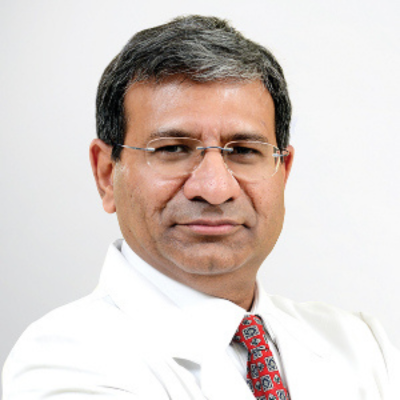
Senior Consultant
Cosmetic Surgeon
Indraprastha Apollo Hospital, New Delhi
View Doctor Profile Book an Appointment
Head of Department (HOD)
Cosmetic Surgeon
BLK-Max Super Speciality Hospital, New Delhi
View Doctor Profile Book an Appointment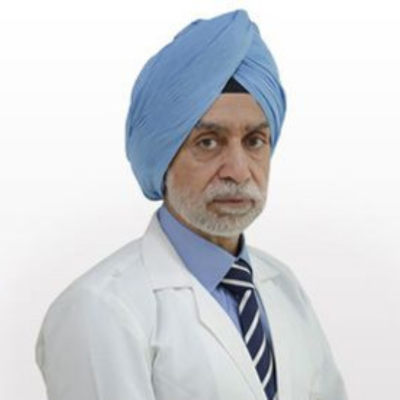
Senior Director
Cosmetic Surgeon
BLK-Max Super Speciality Hospital, New Delhi
View Doctor Profile Book an Appointment
Consultant
Cosmetic Surgeon
Fortis Hospital, Greater Noida
View Doctor Profile Book an Appointment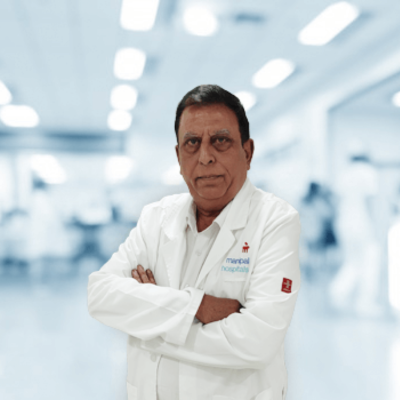
Consultant
Cosmetic Surgeon
Manipal Hospital Formerly Columbia Asia, Ghaziabad
View Doctor Profile Book an Appointment
Consultant
Cosmetic Surgeon
Fortis Hospital, Rajajinagar, Bangalore
View Doctor Profile Book an Appointment
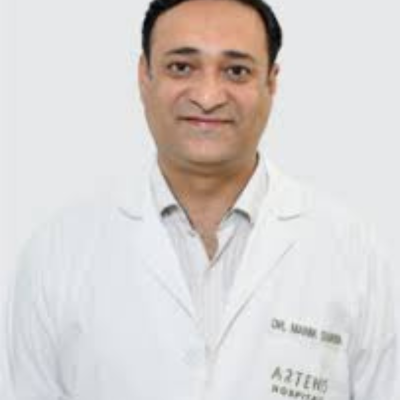
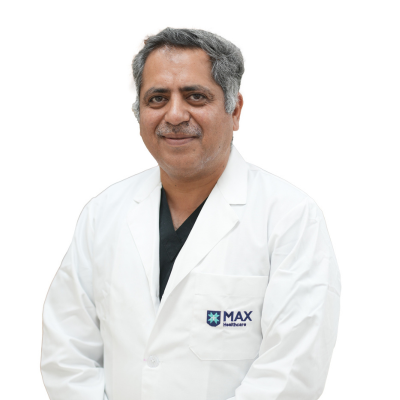
Consultant
Cosmetic Surgeon
Manipal Hospital Formerly Columbia Asia, Palam Vihar, Gurgaon
View Doctor Profile Book an Appointment
Chairman
Cosmetic Surgeon
Medanta - The Medicity Hospital, Gurgaon
View Doctor Profile Book an Appointment
Vice Chairman
Cosmetic Surgeon
Medanta - The Medicity Hospital, Gurgaon
View Doctor Profile Book an Appointment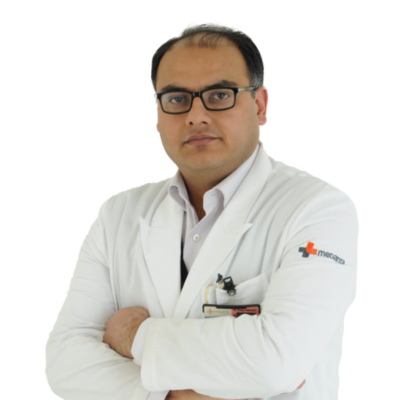
Director
Cosmetic Surgeon
Medanta - The Medicity Hospital, Gurgaon
View Doctor Profile Book an Appointment
Associate Director
Cosmetic Surgeon
Medanta - The Medicity Hospital, Gurgaon
View Doctor Profile Book an Appointment
Senior Consultant
Cosmetic Surgeon
Medanta - The Medicity Hospital, Gurgaon
View Doctor Profile Book an Appointment

Senior Consultant
Cosmetic Surgeon
Gleneagles BGS Hospital Kengeri, Bengaluru
View Doctor Profile Book an Appointment
Consultant
Cardiothoracic and Vascular Surgeons
Apollo Gleneagles Hospital, Kolkata
View Doctor Profile Book an Appointment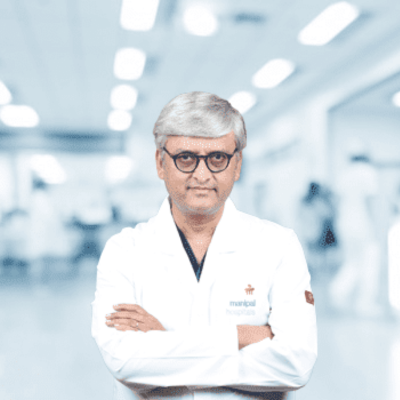
Consultant
Cosmetic Surgeon
Manipal Hospital Formerly AMRI Hospital, Dhakuria, Kolkata
View Doctor Profile Book an Appointment
Consultant
Cosmetic Surgeon
Manipal Hospital Formerly AMRI Hospital, Broadway, Kolkata
View Doctor Profile Book an Appointment
Consultant
Cosmetic Surgeon
Apollo Gleneagles Hospital, Kolkata
View Doctor Profile Book an Appointment
Consultant
Cosmetic Surgeon
Kokilaben Dhirubhai Ambani Hospital, Mumbai
View Doctor Profile Book an Appointment
Senior Consultant
Cosmetic Surgeon
Fortis Hospital, Vasant Kunj, New Delhi
View Doctor Profile Book an Appointment
Consultant
Cosmetic Surgeon
Calcutta Medical Research Institute | CK Birla Hospitals, Kolkata
View Doctor Profile Book an Appointment
Consultant
Cosmetic Surgeon
Calcutta Medical Research Institute | CK Birla Hospitals, Kolkata
View Doctor Profile Book an Appointment
Senior Consultant
Neurologists
Calcutta Medical Research Institute | CK Birla Hospitals, Kolkata
View Doctor Profile Book an Appointment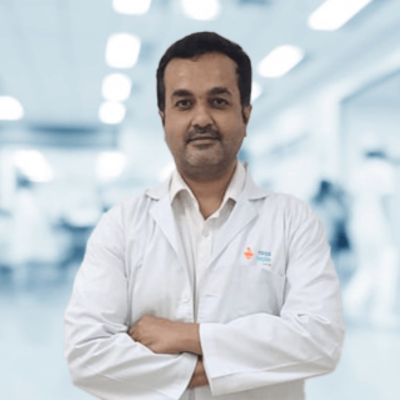
Consultant
Cosmetic Surgeon
Manipal Hospital, Doddaballapur, Bangalore
View Doctor Profile Book an Appointment
Senior Consultant
Medical Oncologists
Manipal Hospital Formerly AMRI Hospital, Dhakuria, Kolkata
View Doctor Profile Book an Appointment
Consultant
Cosmetic Surgeon
Manipal Hospital, Millers Road, Bangalore
View Doctor Profile Book an Appointment
Consultant
Cosmetic Surgeon
Manipal Hospital, Millers Road, Bangalore
View Doctor Profile Book an Appointment
Consultant
Cosmetic Surgeon
Manipal Hospital, Millers Road, Bangalore
View Doctor Profile Book an Appointment



Consultant
Cosmetic Surgeon
IRIS Multispeciality Hospital, Kolkata
View Doctor Profile Book an Appointment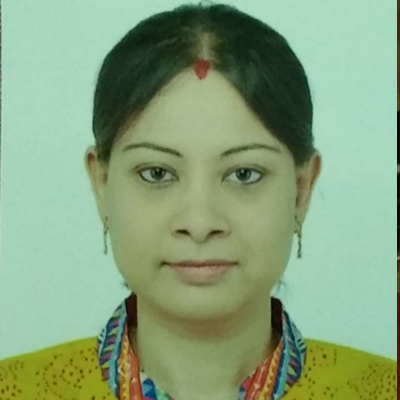
Consultant
Cosmetic Surgeon
IRIS Multispeciality Hospital, Kolkata
View Doctor Profile Book an Appointment
Consultant
Cosmetic Surgeon
Manipal Hospital Formerly AMRI Hospital, Mukundapur, Kolkata
View Doctor Profile Book an Appointment
Senior Consultant
Cosmetic Surgeon
Gleneagles BGS Hospital Kengeri, Bengaluru
View Doctor Profile Book an Appointment
Senior Consultant
Cosmetic Surgeon
Gleneagles BGS Hospital Kengeri, Bengaluru
View Doctor Profile Book an Appointment
Consultant
Cosmetic Surgeon
Manipal Hospital, Varthur Road, Bangalore
View Doctor Profile Book an Appointment
Senior Consultant
Cosmetic Surgeon
Manipal Hospital, Varthur Road, Bangalore
View Doctor Profile Book an Appointment
Consultant
Cosmetic Surgeon
Manipal Hospitals, Jayanagar, Bangalore
View Doctor Profile Book an Appointment
Consultant
Cosmetic Surgeon
Manipal Hospital, Old Airport Road, Bangalore
View Doctor Profile Book an Appointment
Consultant
Cosmetic Surgeon
Manipal Hospital, Salt Lake, Kolkata
View Doctor Profile Book an Appointment
Consultant
Cosmetic Surgeon
Manipal Hospital, Salt Lake, Kolkata
View Doctor Profile Book an Appointment
Head of Department (HOD)
Cosmetic Surgeon
Manipal Hospital, Salt Lake, Kolkata
View Doctor Profile Book an Appointment
Principal Consultant
Cosmetic Surgeon
Max Super Speciality Hospital, Vaishali, Ghaziabad
View Doctor Profile Book an Appointment
Director
Cosmetic Surgeon
SIMS Hospital, Vadapalani, Chennai
View Doctor Profile Book an Appointment
Senior Consultant
Cosmetic Surgeon
SIMS Hospital, Vadapalani, Chennai
View Doctor Profile Book an Appointment
Consultant
Cosmetic Surgeon
SIMS Hospital, Vadapalani, Chennai
View Doctor Profile Book an Appointment
Consultant
Cosmetic Surgeon
SIMS Hospital, Vadapalani, Chennai
View Doctor Profile Book an Appointment
Consultant
Cosmetic Surgeon
SIMS Hospital, Vadapalani, Chennai
View Doctor Profile Book an Appointment
Consultant
Cosmetic Surgeon
Manipal Hospital, Sarjapur Road, Bangalore
View Doctor Profile Book an Appointment
Consultant
Cosmetic Surgeon
Manipal Hospital, Yeshwanthpur, Bangalore
View Doctor Profile Book an Appointment
Consultant
Cosmetic Surgeon
Manipal Hospital, Hebbal, Bangalore
View Doctor Profile Book an Appointment
Consultant
Cosmetic Surgeon
Manipal Hospital, Yeshwanthpur, Bangalore
View Doctor Profile Book an Appointment
Senior Consultant
Cosmetic Surgeon
Fortis Memorial Research Institute (FMRI), Gurgaon
View Doctor Profile Book an Appointment
Senior Consultant
Cosmetic Surgeon
Fortis Memorial Research Institute (FMRI), Gurgaon
View Doctor Profile Book an Appointment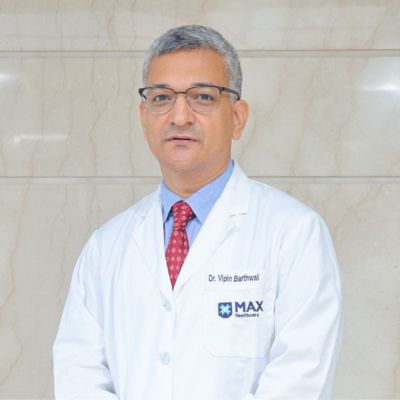
Director
Cosmetic Surgeon
Max Super Speciality Hospital, Vaishali, Ghaziabad
View Doctor Profile Book an Appointment
Consultant
Cosmetic Surgeon
Manipal Hospitals, Malleshwaram, Bangalore
View Doctor Profile Book an Appointment
Visiting Consultant
Cosmetic Surgeon
Max Super Speciality Hospital Formerly Alexis Multispecialty Hospital, Nagpur
View Doctor Profile Book an AppointmentDoctor of Pharmacy
Dr. Deepanshu Siwach is a skilled clinical pharmacist with a Doctor of Pharmacy degree. He has 4+ years of experience and has worked with thousands of patients. He has been associated with some of the top hospitals, such as Artemis Gurgaon and Teerthanker
Dr. Deepanshu Siwach is a skilled clinical pharmacist with a Doctor of Pharmacy degree. He has 4+ years of experience and has worked with thousands of patients. He has been associated with some of the top hospitals, such as Artemis Gurgaon and Teerthanker...
With over 23 years of experience, Dr. Vipul Nanda, an eminent Plastic and Cosmetic Surgeon, excels in surgical and non-surgical procedures, including filler, mesotherapy, laser, and dermatology....
The Art of Effective Communication
 16 July,2024
Read More
16 July,2024
Read More
 15 July,2024
Read More
15 July,2024
Read More
 09 July,2024
Read More
09 July,2024
Read More
 08 July,2024
Read More
08 July,2024
Read More
 03 July,2024
Read More
03 July,2024
Read More
 28 June,2024
Read More
28 June,2024
Read More
 27 June,2024
Read More
27 June,2024
Read More
 25 June,2024
Read More
25 June,2024
Read More
 20 June,2024
Read More
20 June,2024
Read More
 13 June,2024
Read More
13 June,2024
Read More